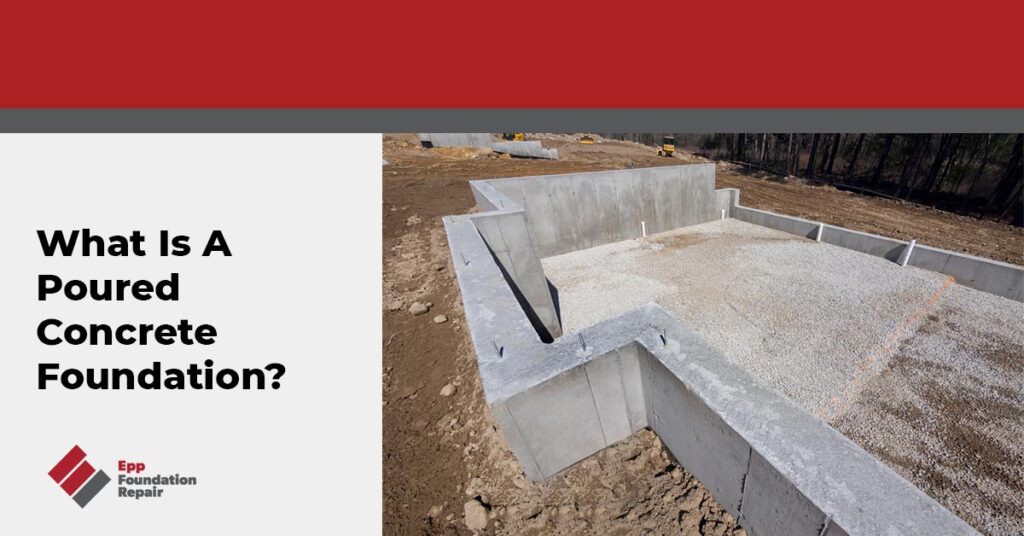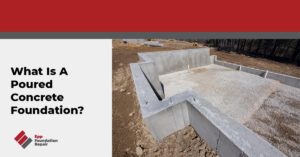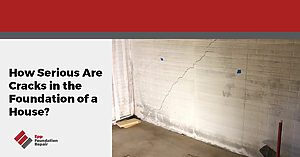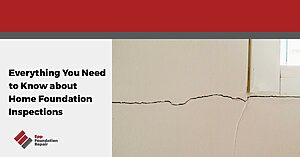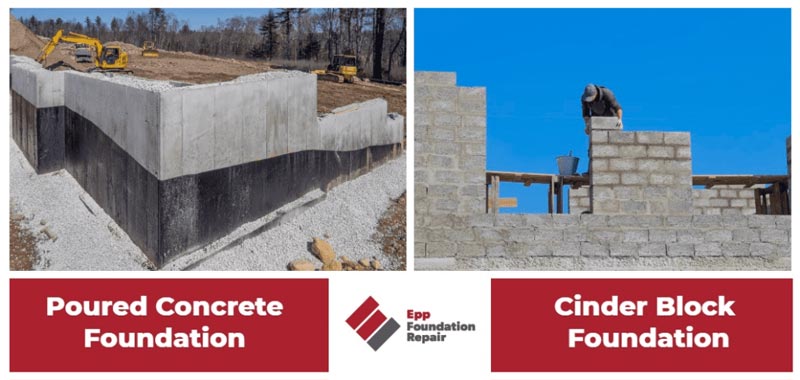
Wondering what a poured concrete foundation is exactly? If so, this short article has what you need. You’ll learn what a poured foundation is, understand the differences between a poured foundation and a concrete block foundation, be able to explain the pros of a poured foundation, and more.
What Is A Poured Concrete Foundation?
A poured concrete foundation is a type of foundation for buildings and homes made by pouring concrete into a mold on the construction site. The process involves creating a form (usually from wood) and then pouring a concrete mixture into it to create a solid foundation wall.
One of the benefits of a poured concrete foundation is that it is very strong and durable, which means it can support heavy buildings and resist damage from natural disasters such as earthquakes and hurricanes. It is also resistant to moisture and pests, making it a popular choice in areas with high humidity or termite problems.
Another advantage of a poured concrete foundation is that it can be customized to fit the specific needs of a building or home. For example, the thickness and shape of the foundation can be adjusted to meet the load-bearing requirements of the structure and the soil conditions of the site.
How Poured Foundations Are Built
The foundation walls of a poured concrete foundation are built by pouring concrete into forms – usually made from wood – which serve as molds. The concrete is mixed on the construction site and the molds – referred to as formwork – hold and give shape to the concrete. Today, rebar is added to the formwork before the concrete is poured. The addition of rebar makes the foundation wall stronger. After the concrete dries and hardens, the formwork is removed. Poured walls are usually 8-10 inches thick.
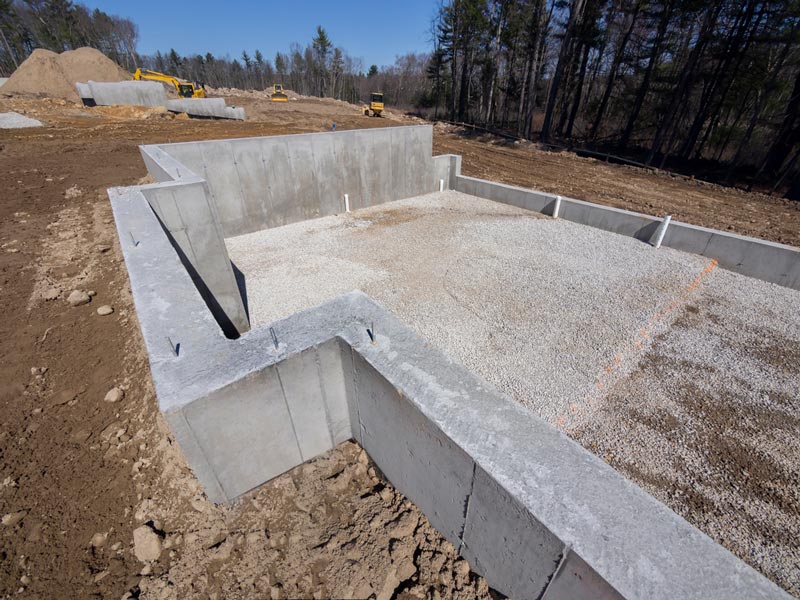
Is A Poured Foundation Better Than A Concrete Block Foundation?
We wouldn’t say a poured foundation is better than a concrete block foundation. Both foundation types have been used for decades and have pros and cons.
Although poured foundation walls can better resist water leaks than concrete block foundation walls – because they’re one piece – they are not impenetrable. They can still crack and leak.
While concrete block foundations are better able to support weight on top of them, they are more susceptible to bowing from lateral and hydrostatic pressure than poured foundations.
Poured foundations are faster to build. However, you’ll need to transport the concrete to the construction site, which can be expensive. In contrast, concrete blocks are already made. While buying what you need and transporting the blocks to the construction site is pretty easy, you’ll need skilled masons to place the blocks.
Because you can shape them however you like, poured foundations allow for architectural design features that wouldn’t be possible with concrete blocks. Poured foundations also more resistant to fire because they’re not hollow. However, concrete block foundation walls are often filled with concrete in addition to reinforcing steel.
The Downsides Of Poured Foundations
The downsides of poured concrete walls include the following:
- Poured foundations can’t be built when the weather is very cold or hot because the temperature affects the concrete curing process.
- Poured foundations can leak through the cove joint, where the basement floor and wall meet. For more information about water leakage through the cove joint, see Why Merely Sealing the Basement Wall Floor Joint (Cove Joint) Isn’t Enough.
- Poured concrete foundations can also leak through the top of the foundation wall.
- The construction of poured foundations requires formwork which must be set up and then taken down.
- Although poured foundation walls are more resistant to water leakage than concrete block foundation walls, they aren’t impenetrable.
Waterproofing A Poured Concrete Foundation
Since most foundation problems are water-related, you can help prevent trouble by controlling groundwater around the foundation. Here are some ways to do that:
- Don’t plant anything near the foundation. Flowers, shrubs, and other vegetation might look beautiful against the side of your house. However, they need water, which means you’ll add water to the soil around the foundation. This is what you’re trying to avoid.
- If your gutters are clogged, clean them. Gutters should be debris-free so that water doesn’t spill over the side of the house and soak the soil around the foundation.
- Make sure your downspouts aren’t releasing water too close to the foundation. If they’re too short, downspout extensions are easy to install and will carry water away from the foundation before releasing it.
- An underground downspout and pop-up emitter is another option. Runoff flows into the underground downspout and toward the pop-up emitter in your yard, approximately 10 feet from your foundation. When the pop-up emitter is empty (i.e., no water in it), it sits flush with the ground and is barely visible. When it fills with water, it pops up and releases the water away from the foundation.
- Install a drain tile system, either interior or exterior. A drain tile system is an excellent way to prevent excess moisture from building up in the soil around the foundation. For more information about how they work, see How Does A Drain Tile System Work?
If you think there might be a problem with your poured foundation and you’re in our service area in Nebraska, Iowa, Kansas, and Missouri contact us today, and we’ll come out for an evaluation and repair estimate.

